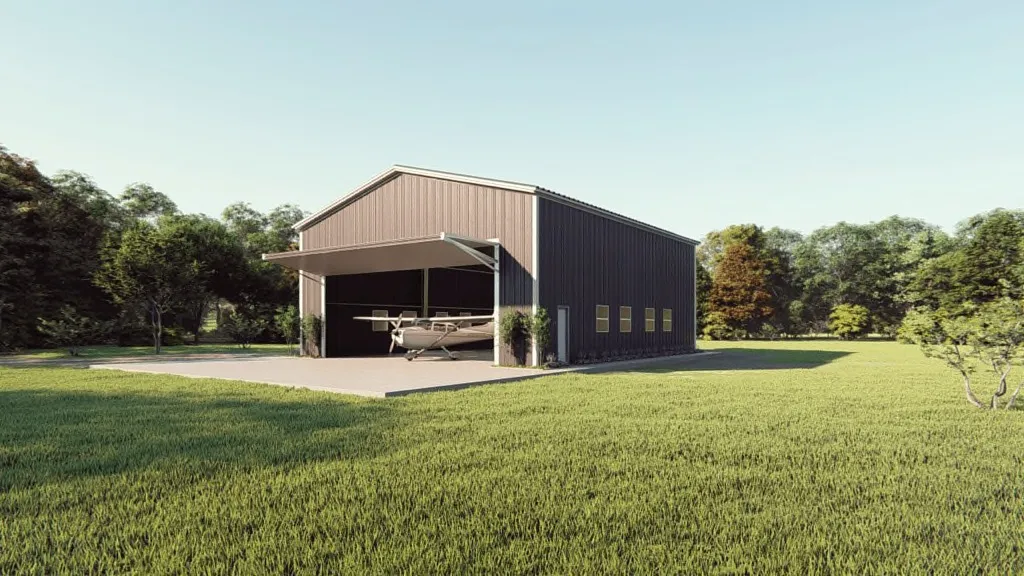- Afrikaans
- Albanian
- Amharic
- Arabic
- Armenian
- Azerbaijani
- Basque
- Belarusian
- Bengali
- Bosnian
- Bulgarian
- Catalan
- Cebuano
- Corsican
- Croatian
- Czech
- Danish
- Dutch
- English
- Esperanto
- Estonian
- Finnish
- French
- Frisian
- Galician
- Georgian
- German
- Greek
- Gujarati
- Haitian Creole
- hausa
- hawaiian
- Hebrew
- Hindi
- Miao
- Hungarian
- Icelandic
- igbo
- Indonesian
- irish
- Italian
- Japanese
- Javanese
- Kannada
- kazakh
- Khmer
- Rwandese
- Korean
- Kurdish
- Kyrgyz
- Lao
- Latin
- Latvian
- Lithuanian
- Luxembourgish
- Macedonian
- Malgashi
- Malay
- Malayalam
- Maltese
- Maori
- Marathi
- Mongolian
- Myanmar
- Nepali
- Norwegian
- Norwegian
- Occitan
- Pashto
- Persian
- Polish
- Portuguese
- Punjabi
- Romanian
- Russian
- Samoan
- Scottish Gaelic
- Serbian
- Sesotho
- Shona
- Sindhi
- Sinhala
- Slovak
- Slovenian
- Somali
- Spanish
- Sundanese
- Swahili
- Swedish
- Tagalog
- Tajik
- Tamil
- Tatar
- Telugu
- Thai
- Turkish
- Turkmen
- Ukrainian
- Urdu
- Uighur
- Uzbek
- Vietnamese
- Welsh
- Bantu
- Yiddish
- Yoruba
- Zulu
Nov . 20, 2024 09:55 Back to list
Metal Building Design An Overview
In recent years, metal building design has gained immense popularity across various construction sectors, owing to its versatility, durability, and cost-effectiveness. From industrial warehouses to commercial spaces and even residential homes, the potential applications of metal structures are virtually limitless. This article explores the critical components of metal building design, the materials involved, the benefits of using metal, and current trends shaping the industry.
Key Components of Metal Building Design
When approaching metal building design, several essential components must be considered. The foundation is paramount; it provides the structural integrity needed to support the metal framework. Common foundation types for metal buildings include concrete slabs, pier foundations, and continuous footings, all designed to accommodate the weight of the structure and its intended use.
The framework is another significant aspect of metal building design. Typically constructed from steel or aluminum, the framework can be custom-designed to meet specific structural requirements. Engineers and architects must work together to determine the optimal configuration, taking into account factors like load-bearing needs, wind resistance, and local building codes.
Roofing and siding are other critical elements, as they contribute to the building's overall aesthetics and functionality. Metal panels are popular choices for both roofing and siding due to their resistance to termites, rot, and extreme weather conditions. Moreover, various finishing options are available, allowing for color and texture customization that can enhance the building's visual appeal.
Materials and Their Advantages
The primary materials used in metal building design include steel, aluminum, and metal composites. Steel, particularly in its galvanized or weathering forms, is favored for its strength and durability. Aluminum, while lighter and resistant to rust, is often used in applications where weight reduction is crucial.
metal building design

One of the foremost advantages of metal in construction is its longevity. Metal buildings can withstand harsh weather conditions, including heavy snowfall, strong winds, and extreme heat, making them a reliable choice for various environments. Moreover, they are inherently fire-resistant, providing an added layer of safety.
Cost-effectiveness is another compelling reason for choosing metal building design. The initial costs may be competitive with traditional building materials, but the long-term savings in maintenance and energy consumption can be substantial. Many metal buildings are designed with energy efficiency in mind, incorporating insulated panels and reflective coatings that help to regulate internal temperatures.
Current Trends in Metal Building Design
As technology advances, metal building design continues to evolve, with several key trends emerging in the industry. One notable trend is the use of sustainable materials and practices. Many manufacturers now offer eco-friendly metal options, such as recycled steel, which reduces the overall environmental impact of construction projects. Additionally, green building certifications, like LEED, are gaining traction, encouraging the use of sustainable techniques throughout the design and construction processes.
Smart technology integration is another trend shaping metal buildings. From energy-efficient lighting systems to automated climate control, technology is being increasingly utilized to enhance the functionality of these structures. This shift not only boosts the operational efficiency of buildings but also improves occupant comfort.
Finally, customization is a growing demand in the metal building market. More clients are seeking personalized designs that reflect their unique needs and preferences. Advances in fabrication techniques allow for more intricate architectural designs, making it possible to create striking metal structures that stand out in any environment.
Conclusion
Metal building design represents a modern, efficient approach to construction that offers numerous advantages over traditional materials. With a focus on sustainability, technological integration, and customization, the future of metal buildings looks promising. As more architects and builders recognize the benefits of using metal, the landscape of construction will undoubtedly continue to evolve, paving the way for innovative designs that meet the demands of a changing world.
-
How Do Prefabricated Steel Structures Transform Modern Construction?
NewsJul.14,2025
-
How Do Prefabricated Metal Buildings Redefine Modern Construction?
NewsJul.14,2025
-
How Do Prefab Insulated Metal Buildings and Steel Structures Revolutionize Modern Construction?
NewsJul.14,2025
-
How Do Pre - Engineered Steel Structures Redefine Modern Construction?
NewsJul.14,2025
-
Advancing Modular Construction with Prefabricated Metal Structures
NewsJul.14,2025
-
Advancing Industrial Infrastructure with Prefabricated Steel Solutions
NewsJul.14,2025
Products categories
Our Latest News
We have a professional design team and an excellent production and construction team.












